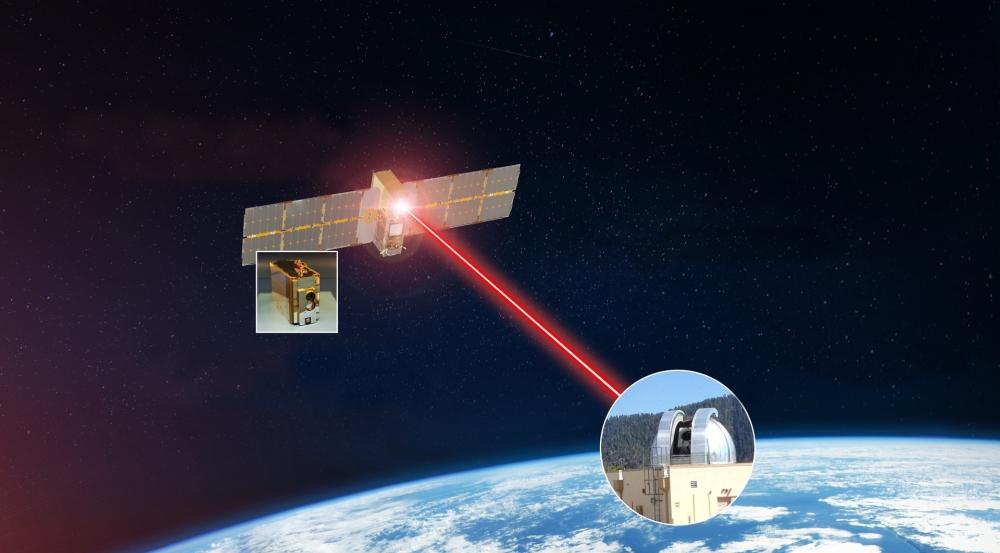A small satellite constructed by Massachusetts Institute of Technology (MIT) engineers has achieved a new record for data transmission between a satellite and Earth.
Terabytes of data were transported from a satellite to Earth at record-breaking rates of up to 100 GBPS using MIT’s TeraByte Infrared Delivery (TBIRD) system. This data transfer rate is more than 1,000 times faster than radio-frequency lines used for satellite communication in the past, and it is the fastest yet accomplished via a laser link from space to Earth.
This latest Laser-based space satellite includes three major commercial off-the-shelf components: a high-rate optical modem, a massive high-speed storage drive, and an optical signal amplifier, all packed into a container the size of a tissue box.
In addition, the team created a new version of the Automatic Repeat Request (ARQ) protocol, which controls faults in data transmission over a communications channel. It enables receivers on Earth to warn senders through a low-rate uplink signal to re-transmit any lost or damaged data block.
“If the signal drops out, data can be re-transmitted, but if done inefficiently – meaning you spend all your time sending repeat data instead of new data – you can lose a lot of throughputs,” explains TBIRD system engineer Curt Schieler, a technical staff member in Wang’s group.
“With our ARQ protocol, the receiver tells the payload which frames it received correctly, so the payload knows which ones to re-transmit.”
Furthermore, TBIRD does not use a gimbal to point at the narrow laser beam. For accurate body pointing of the spacecraft, it instead relies on a laboratory-developed error-signaling mechanism. The technology precisely focuses the satellite itself toward the receiver. The team claims that the payload might be significantly less without a gimbal.
“We intended to demonstrate a low-cost technology capable of quickly downlinking a large volume of data from LEO to Earth in support of science missions,” says Wang.
“In just a few weeks of operations, we have already accomplished this goal, achieving unprecedented transmission rates of up to 100 gigabits per second. Next, we plan to exercise additional features of the TBIRD system, including increasing rates to 200 gigabits per second, enabling the downlink of more than two terabytes of data – equivalent to 1,000 high-definition movies – in a single five-minute pass over a ground station.”

